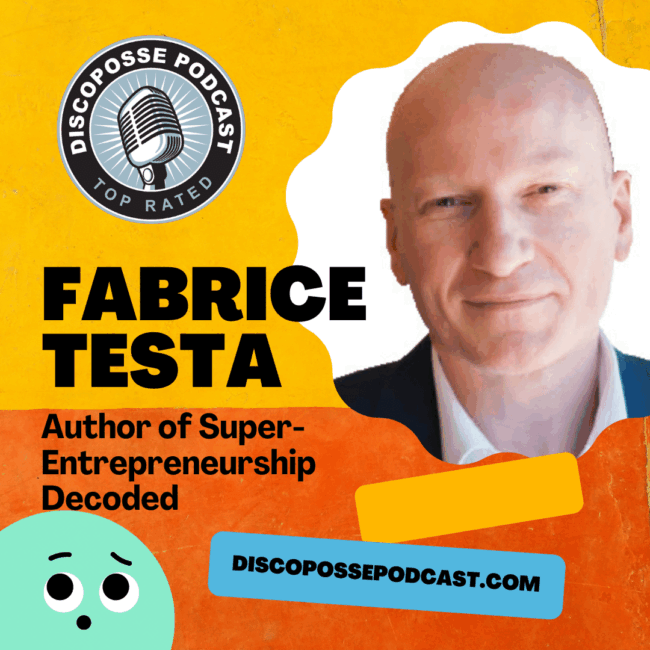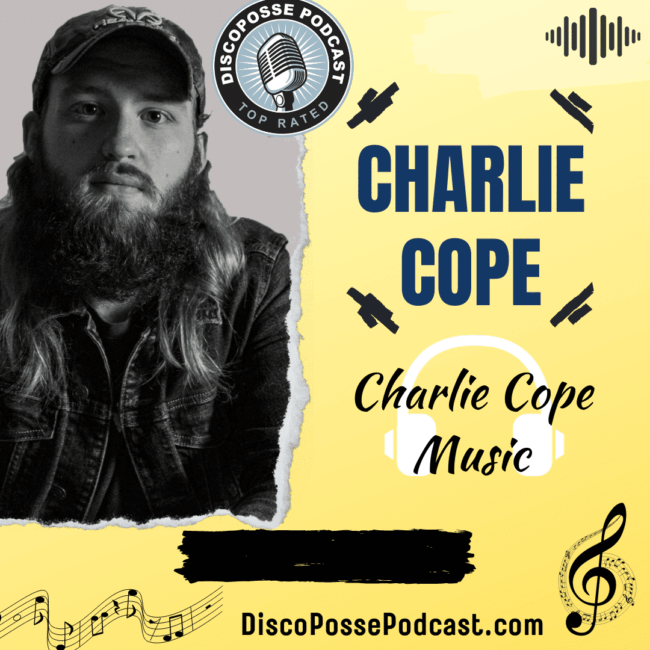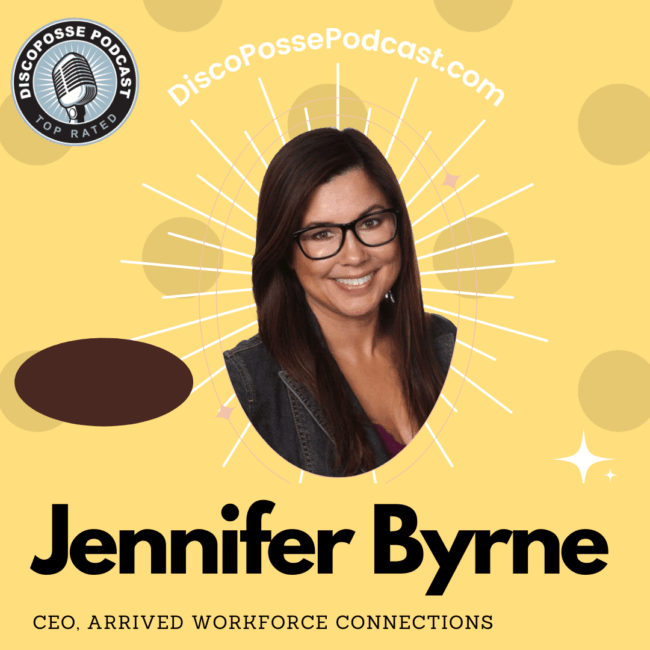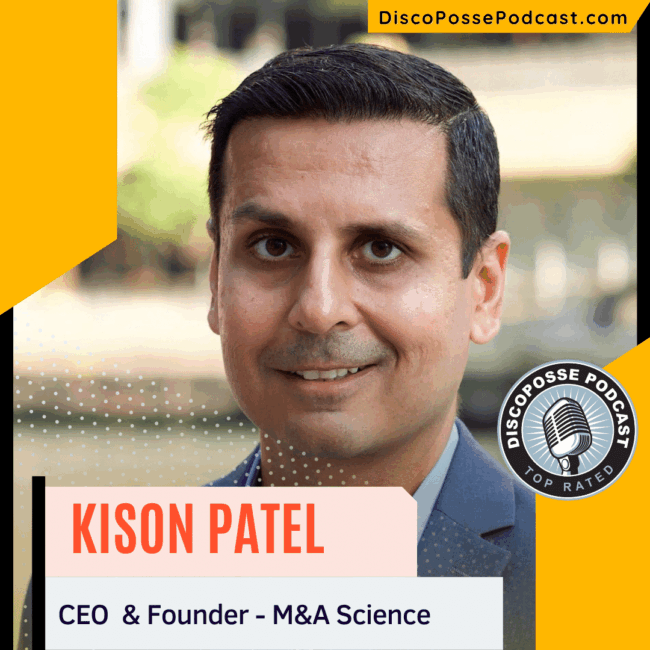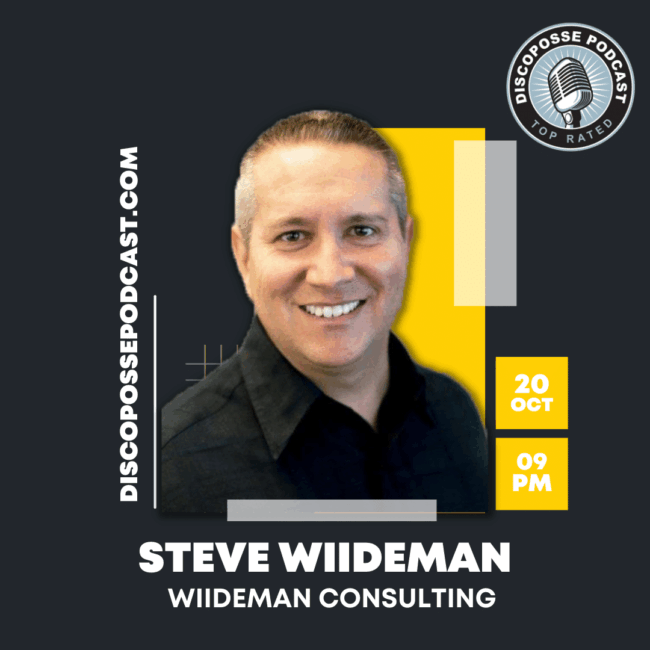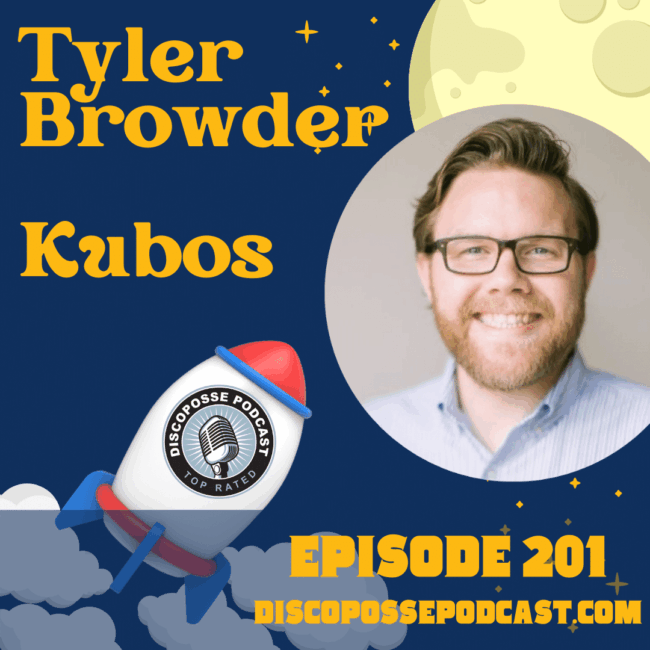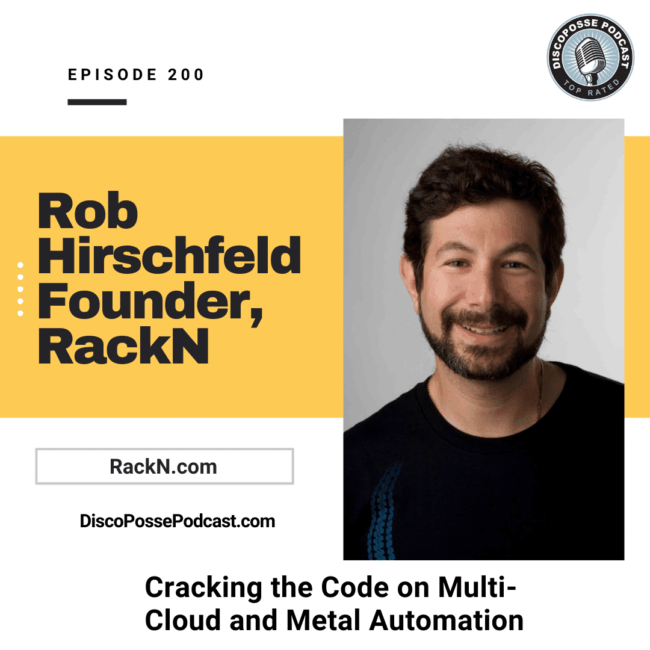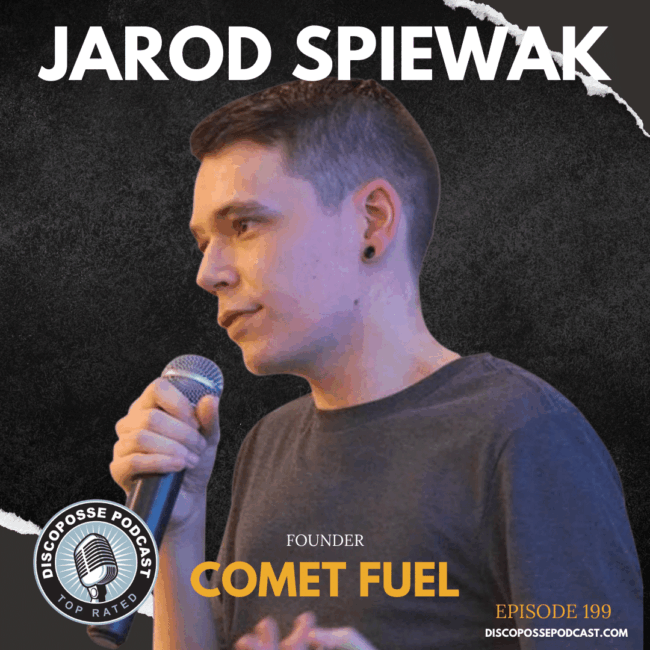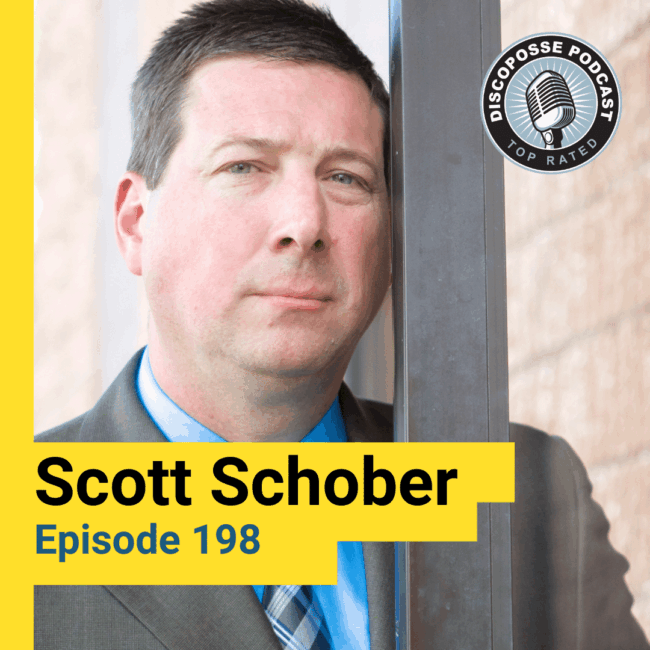Ep 207 Fabrice Testa on Super-Entrepreneurship Decoded and Achieving Success with Crazy Ideas
Bestselling author Fabrice Testa is an exponential thinker, innovator, serial tech entrepreneur, business angel investor, trusted advisor, public speaker, author, and highly sought-after mentor. He has successfully founded, co-founded, or participated in the launch of multiple companies that created hundreds of jobs and generated multi millions in revenue. He is the creator of the Superpreneur…

